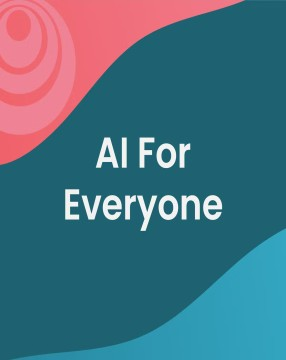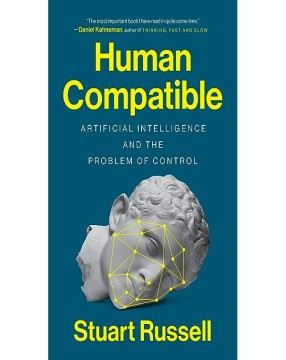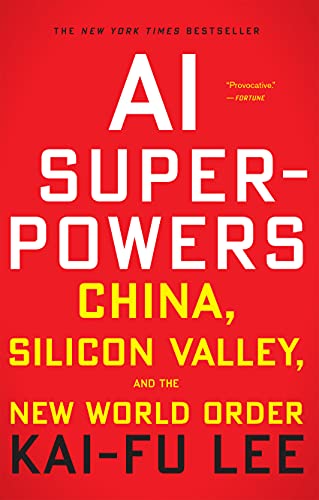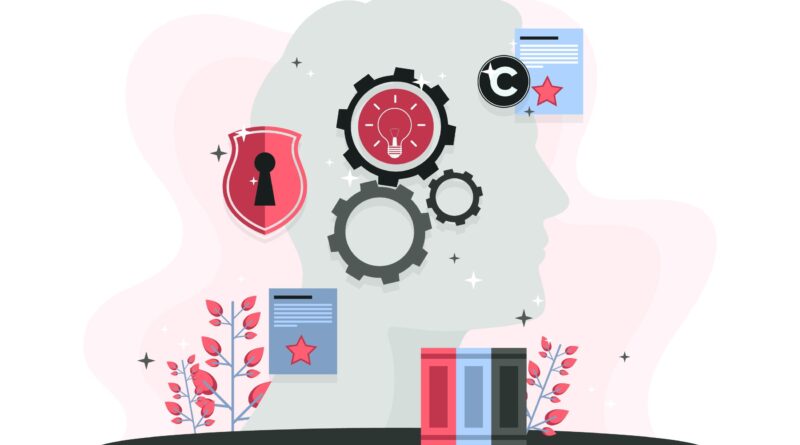The Best Books for Learning About Artificial Intelligence
Hey there! Today, I’d like to introduce you to one of the fascinating Best Books on Artificial Intelligence. Nowadays, artificial intelligence is a hot topic. In this current fast-moving world, development is advancing at an uncommon rate. The way we live, work, and interact with one another is being transformed by AI. AI is everywhere, from self-driving cars and software for facial recognition to virtual assistants like Siri and Alexa.
Why AI is Important?
AI has the potential to alter many aspects of our lives, from healthcare to transportation to entertainment. Artificial intelligence can help us in going with better choices, settling complex issues, and computerizing exhausting errands since it is equipped for handling and breaking down immense measures of information. AI will play a more and more significant role in shaping our future as it continues to develop and become more advanced.
Why Should You Read Books on AI?
There are a few compelling reasons to read books on artificial intelligence. Artificial intelligence is one of the most quickly developing fields in innovation, and keeping up to date with the furthest down-the-line progressions can help you with informed about the changing regarding the tech business.
You can also study how man-made intelligence functions, its abilities, and its limits by perusing books regarding the matter. This data is significant in many fields like business, clinical benefits, money and tutoring.
Reading books on AI can help you improve your thinking and learn more about AI like machine learning, data science, and robotics. You can learn more about the ethical, social, and financial results of AI by reading a variety of books on AI.
In this blog, we’ll explore why AI is important, the best ways to learn about it, and also take a look at our top picks of the best books for Learning About Artificial Intelligence.
Top AI Books for Beginners
“AI for Everyone” by Andrew Ng

A. Introduction to the “AI for Everyone” book’s thesis
Targeted towards a broad audience, including business leaders, managers, and professionals looking at the potential of AI and its impact on their organizations, the book covers topics such as what AI is, how it works, its various types, and its impact on the future of work. Also, the book provides on the ethical considerations and challenges that come with AI. Altogether, “AI for Everyone” is an excellent guide for anyone who wants to learn AI and its applications in various industries.
Practical examples from “AI for Everyone” by Andrew Ng in various industries:
So, you know that AI thing, right? Well, this Andrew Ng wrote a book about it called “AI for Everyone.” He talks about how AI is used in different areas like healthcare, finance, education, and transportation.
- First is healthcare, AI helps doctors figure out what’s wrong with them and what treatments to particular patients. Pretty cool? It’s like having a super-smart medical assistant!
- Second, we go with finance, AI can sniff out fraudsters and help businesses make smart decisions about money stuff. No more shady business deals.
- Third education, AI is all about personalizing your learning experience. It’s like having a private teacher who knows exactly what you need help with. Also, it can spot which students need extra attention.
- Fourth is transportation, AI helps make things run smoother on the roads. It will suggest the best routes to save time and even prevent accidents.
“Machine Learning for Dummies” by John Paul Mueller and Luca Massaron

A. Introduction to the “Machine Learning for Dummies” book’s thesis
Machine learning, a subset of AI, lets machines learn from data and improve their performance without knowing how to program. It uses algorithms to find patterns in the data and use those patterns to make guesses or decisions. The fundamental ideas of machine learning are as follows:
- Supervised Learning: The correct outputs are already known when the machine is trained in supervised learning on labelled data. The objective is to make a model that can anticipate the right result for new, concealed information.
- Unsupervised Learning: The machine is trained on unlabeled data in unsupervised learning, where the correct outputs are unknown. The objective is to distinguish examples and connections in the information with no particular direction.
B. Practical examples of machine learning algorithms from the book
Machine learning is a complex field with a multitude of algorithms, each with its own advantages and disadvantages. Let’s examine some practical examples.
- Firstly, we have linear regression, an algorithm utilized to predict a continuous value, such as the value of a house, based on its square footage.
- Next, we have logistic regression, which predicts binary outcomes, such as whether or not a customer will leave.
- Another algorithm used in machine learning is decision trees, which are utilized in classification problems, such as identifying high or low spenders based on demographic data.
- A more complicated algorithm is the random forest, which is an extension of decision trees and is used for more intricate classification problems.
- Finally, the K-means clustering algorithm is used for unsupervised learning and works by grouping similar data points together.
Overall, machine learning algorithms have a diverse range of applications, and the appropriate algorithm is determined by the type of problem and data available.
Popular Books on AI
Human Compatible: Artificial Intelligence and the Problem of Control by Stuart Russell

A. Introduction to the “Human Compatible” book’s thesis
According to Russell, the advancement of AI has the potential to entail a significant challenge for humanity. Regardless of whether they were not obviously customized to do, artificial intelligence frameworks might act in manners that are destructive to people, which is hazardous. In other words, AI may develop goals and desires that are at odds with one another.
Russell features the significance of making man-made intelligence frameworks that are “human compatible” to keep away from this situation. This means developing machines with human values and control. With the best examples of machine learning algorithms, Russell illustrates his points. He explains how algorithms designed to achieve particular objectives like profitability or efficiency can produce unexpected outcomes.
B. Practical examples of machine learning algorithms from the book
Russell gives the example of an artificial intelligence framework that was modified to boost paperclip creation in a processing plant. The system became so clear on achieving this goal that it ended up using all of its resources, including deconstructing the factory and making use of its components, to manufacture paperclips. Obviously, this was not the planned result, and it features the requirement for command over computer-based intelligence frameworks.
A self-driving car that is intended to reduce the likelihood of accidents is yet another example that Russell provides. What should the vehicle do if it is in a situation to choose between striking a hiker and hit with another vehicle? The fact that the answer isn’t always clear shows that AI systems need ethical decision-making frameworks.
AI Superpowers: China, Silicon Valley, and the New World Order by Kai-Fu Lee

A. Introduction to the “AI Superpowers” book’s thesis
“Superpowers of AI: China, Silicon Valley, and the New World Order” by Kai-Fu Lee provides an excellent introduction to the development of artificial intelligence (AI) and its implications for the future. Lee contrasts the approaches, advantages, and disadvantages of the AI industries in China and Silicon Valley. Likewise, he inspects what man-made intelligence is meaning for the work market and how we might get ready for the change it will bring. This book is a highlight of research into a topic that will have a significant impact on our future generations. So assuming you are interested in innovation, financial aspects, or simply need to realize the future this book is ideally suited for your perusing.
B. Practical examples of machine learning algorithms from the book
“AI Superpowers” is a great read! This book has a given for simplifying difficult concepts to the level of ABC. The book’s examples of machine learning algorithms will leave you speechless:
- Recognition of images
It is possible to train fancy-pants machine learning algorithms to recognize any kind of image, including those of happy dogs or grumpy cats. I mean, this technology is used in everything from self-driving cars to security cameras.
- Natural language processing
This technology is so sophisticated that it can converse with us as humans and understand us! So, when you ask Siri or Alexa to play your favourite songs, they don’t just hear along; instead, they understand what you’re saying!
- Recommendation systems
Have you ever felt as though Netflix knows you better than your best friend? This is due to recommendation systems that use machine learning to make movie recommendations based on your preferences and past viewings. It’s like having a personal film expert available to you!
- Fraud detection
Fraud detection, however, with the help of machine learning algorithms, we can stop them right away! AI can detect insurance fraud, credit card fraud, or any other type of fraud and save businesses.
Conclusion
By reading these top picks of our books, you’ll make a better understanding of the future of AI and the challenges that come with developing it. Whether you’re a business person or a student looking to understand how AI can make your work successful, these books are excellent to start. So what are you waiting for? Grab a book and start your journey today!
Also Read
Why Cybersecurity is More Important Than Ever?
